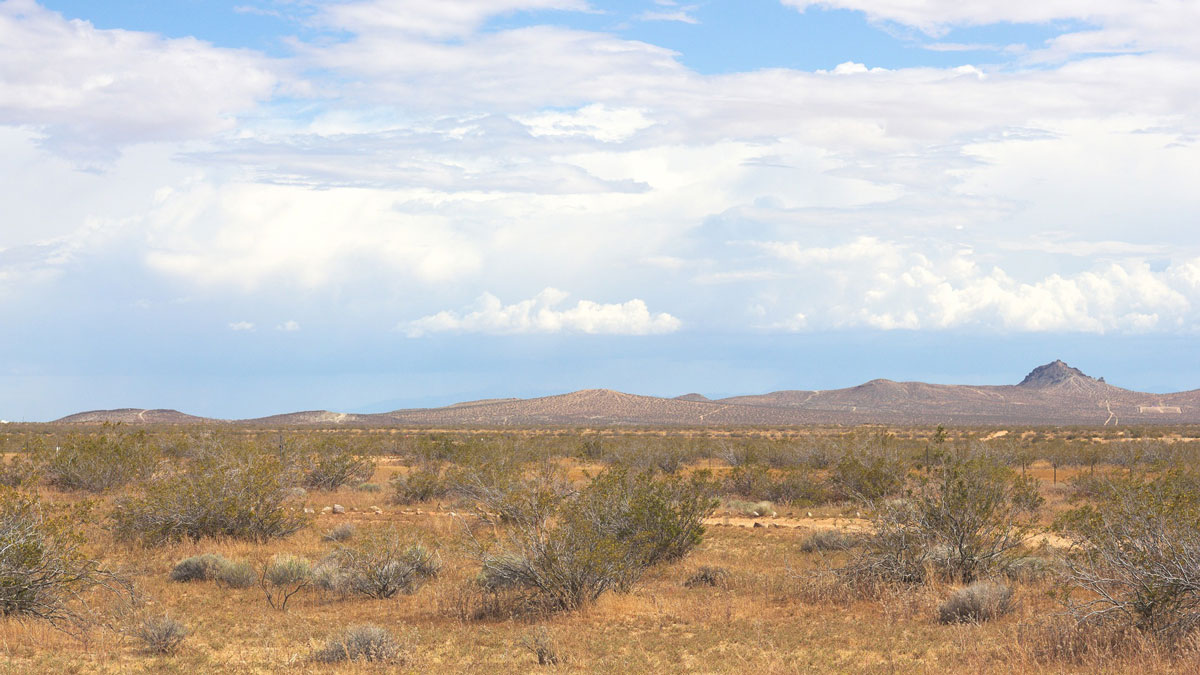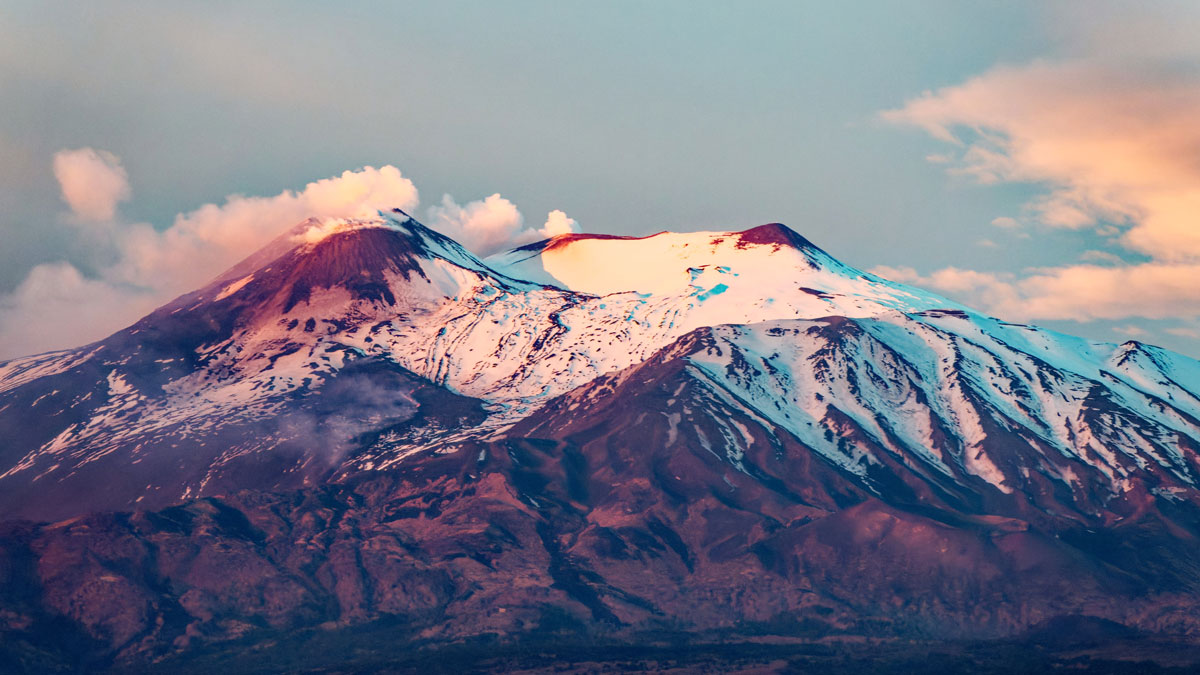Scientists are using seismic techniques to measure soil moisture. Their results show that recent droughts in California depleted water in the shallow subsurface.
seismology
U.S. Earthquake Early Warning System Gets a Major Upgrade
Satellite capabilities will improve the accuracy of ShakeAlert earthquake magnitude measurements.
New Moonquakes from Old Data
Almost 50 years after they were turned off, the Apollo seismometers still have secrets to reveal.
Seismologie: Ein vielversprechender Weg zur Überwachung von Permafrost
Passive seismische Daten von einer Messstation auf der Zugspitze zeichneten im Lauf der letzten 15 Jahre den Schwund von Permafrost auf. Somit eignet sich dieses Verfahren vermutlich auch für die langfristige Überwachung der Umwelt.
Imaging Below the Surface Reveals One of Los Angeles’s Webs of Faults
Damage zones extend to either side of many faults and can affect how future earthquakes behave.
Faults Along Salt Walls Are Less Stressed in the Paradox Basin
Based on an extended stress database, scientists observe systematic changes in the tectonic stress state and a reduction in fault reactivation potential near salt walls in the Paradox Basin.
Mantle Upwelling May Have Triggered Morocco Earthquake
Researchers glean new information about the deep origins of a deadly event.
Watching and Listening for Signs of Slope Failure
Ten years of data preceding a rockfall in the French Alps suggest the need for more comprehensive monitoring systems.
The evolution of damage in large rock slope failures – the La Praz landslide
The Landslide Blog is written by Dave Petley, who is widely recognized as a world leader in the study and management of landslides. Large rock slope failures are a very substantial hazard in areas with steep topography, as was recently shown by the catastrophic 24 May 2024 landslide at Kaokalam in Enga province, Papua New […]
Improved Imaging Offers New Insight into Mount Etna
Anisotropic tomography provides a more complete picture of the Sicilian volcano’s inner workings.










